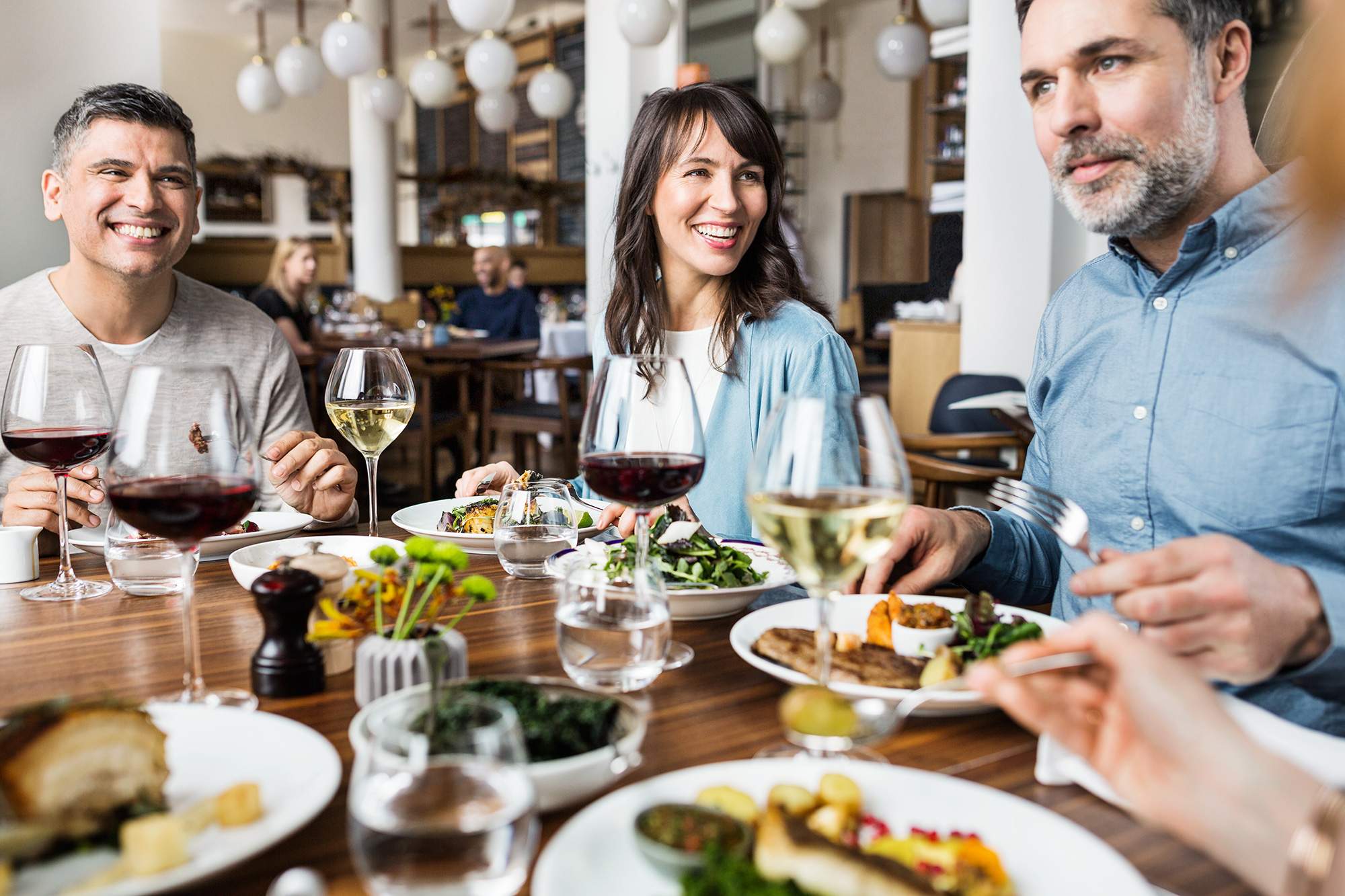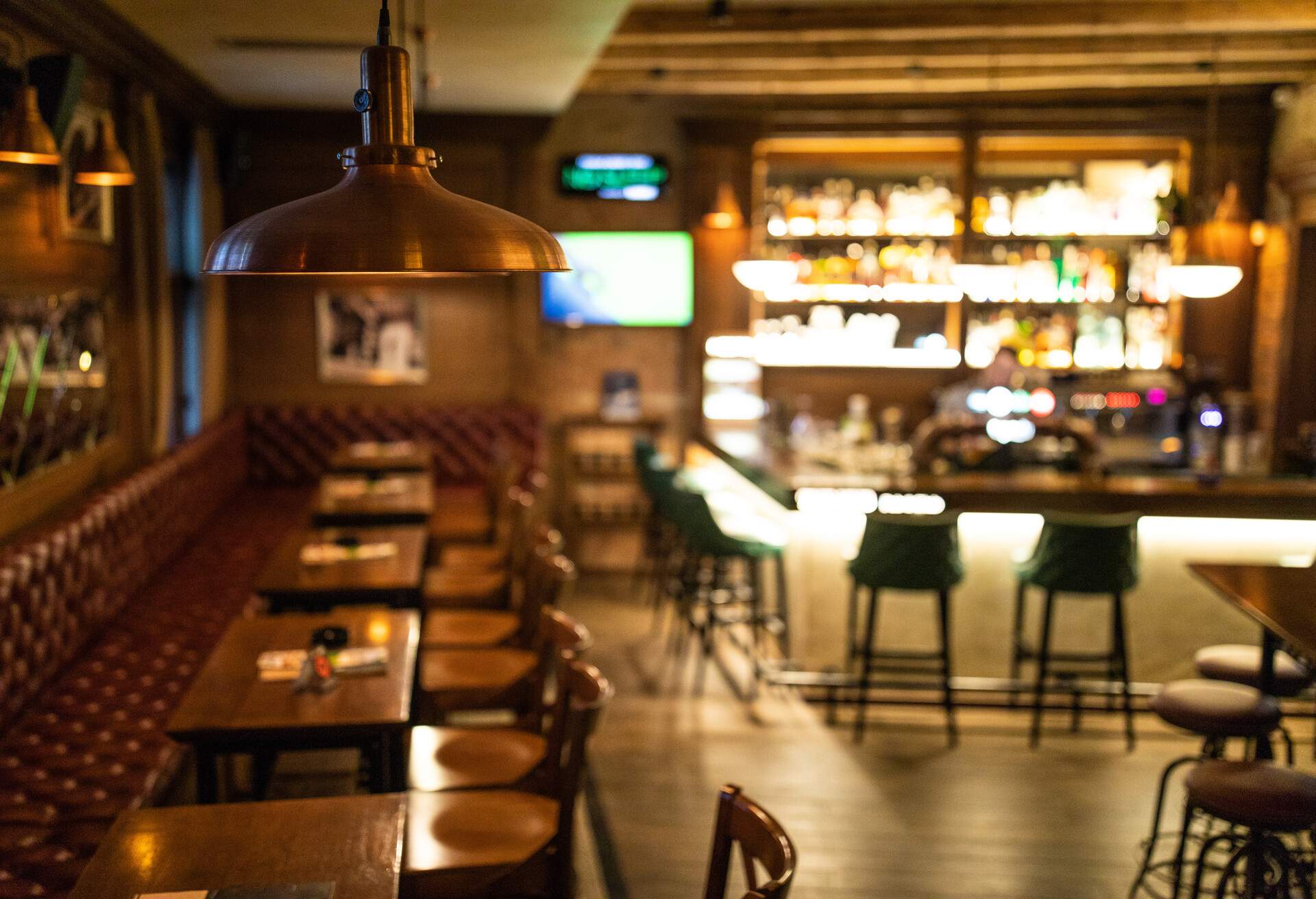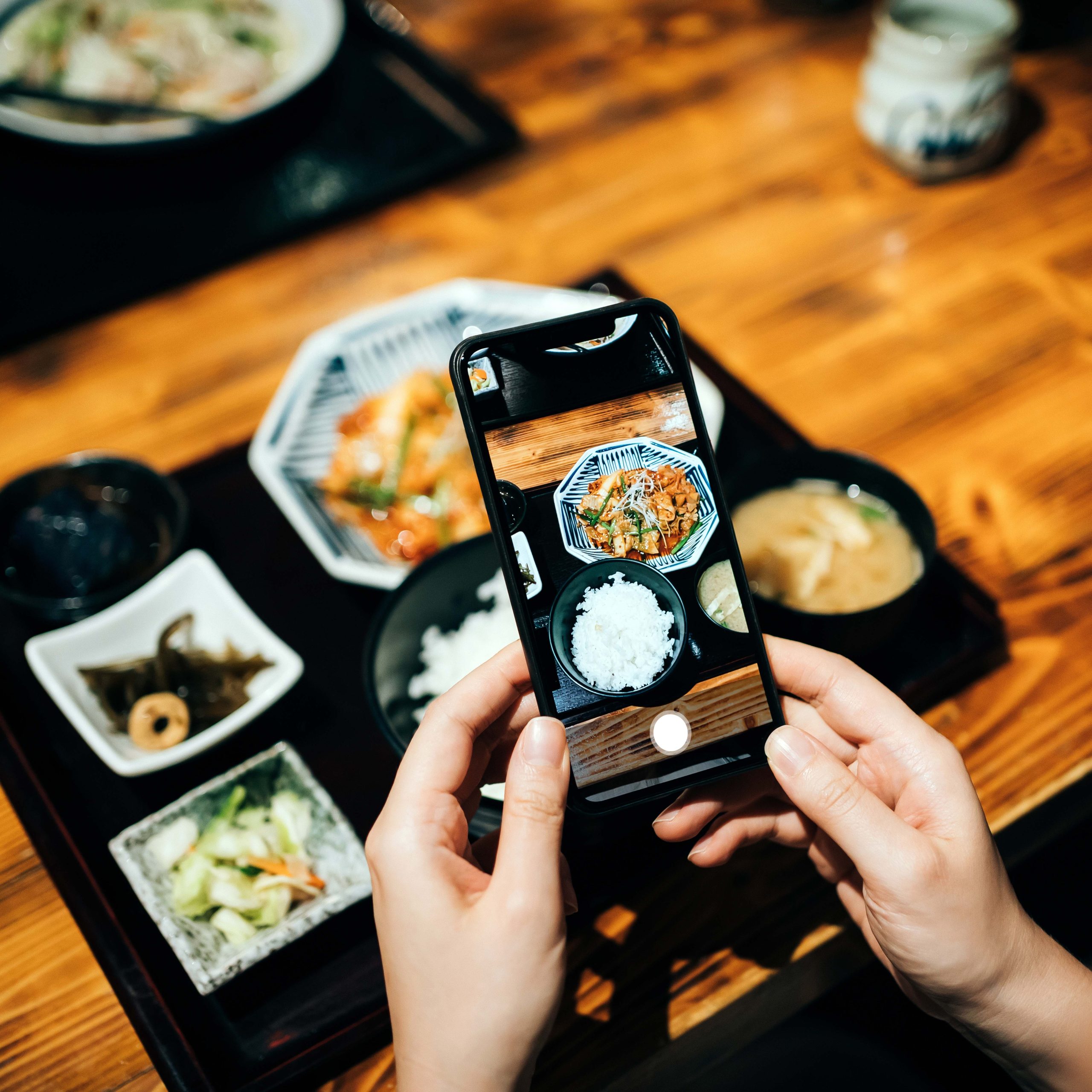The combination of in-office and remote work has only heightened the appeal of corporate get-togethers. They bring teams together, offering the chance to connect in person for a special event. It’s no surprise, then, to see an increase in the number of companies booking private dining spaces in restaurants to facilitate these needs.
And demand for corporate events is particularly high this summer. That’s according to research from Tripleseat, which reveals that more than 60% of businesses plan to have between one and two events, while 33% are inclined to organise three to four events for their teams during the warmer months.
Companies aren’t shying away from spending big, either. The average spend of these events was just under £6,500, with 63 people being the average guest count. Although, that’s not to say smaller events aren’t also popular.
Small team off-sites and customer entertaining were also included as reasons to get together on the Tripleseat survey. With this type of demand, restaurants have a great opportunity to start thinking about their venues as potential private dining spaces.
You can boost revenue during challenging times and respond to the demand from the corporate sector. But how can you transform your space into a private dining function?
Here are some tips.
1. Set the stage
The first step involves picking the location for private dining events. For many restaurants, a lack of space has turned them off from offering private dining. But events can still work without a spare room or minimal square footage. Think about how every option might work for your restaurant before you dismiss private dining.
2. Private dining rooms
If your restaurant or venue includes a private dining room, it’s likely events are already the norm. But it’s wise to consider the bigger picture for revenue potential.
Consider maximising your space by running many types of events or using other spaces for additional private events. You may decide to overlap events in different sizes and in various areas, for example.
Given the demand for small groups, consider sectioning the private room into multiple dining spaces. Think outside your main private dining room to boost your private event business.
3. Semi-private spaces
To create an event space with minimal construction, section off an area by using a curtain or flex wall. Your restaurant or venue can add extra space between tables to create an illusion of privacy.
Simple decor, such as plants or string lights, also helps designate the space. Using this flexible approach allows your restaurant or venue to host events whenever demand is high.This also ensures that even in the absence of a planned event, you can still optimise the use of your space to its full capacity.
4. Unexpected spaces
The crown jewel of event spaces is the kitchen. Although it won’t be the right fit for every type of event, it’s perfect for unique experiences. For certain guests, an intimate dinner at the chef’s table provides an action-filled, priceless experience. A kitchen table experience is also an opportunity for guests to chat with the cooks and create a lasting bond with the restaurant.
At Lucky Cat by Gordon Ramsay, diners can savour its best Asian-inspired dishes from up close, right in the heart of the kitchen, and witness some of the world’s finest chefs at work.
It’s not just the kitchen that’s a prime spot. Think about converting any other available spaces, be it outdoor areas, prep spaces, lounges or other under-used areas. They can make for memorable event spaces.
Many restaurants will find success by mixing and matching their space options. Event hosts appreciate choices, especially from one venue. And different events need different settings. You’ll appeal to a wider range of guests if your restaurant can host a variety of events.
5. Restaurant buyouts
Don’t be afraid to rent out your entire business for private events this summer. This is a huge opportunity, especially if your space is on the smaller side, and could be a perfect fit for the corporate team wanting to get together. Before making that decision, take the time to do the maths. Understand how to price the buyout so it’s worth closing the restaurant for a night. You can also start small by offering restaurant rentals before or after dinner rushes or on less busy weeknights.
Buyouts appeal to company parties of all types as they give guests the entire place to themselves, which is especially important when it’s a team get-together. Event planners are usually willing to pay a premium for these experiences.
Guests visiting the restaurant for the first time will leave with a good first impression, likely to return again. Remember, those individual corporate attendees are all potential future diners.
6. Promote your private dining spaces
Marketing is key in the early stages of a private dining program. Help guests discover your restaurant by adding the information to your website. Include private dining as an option on the restaurants’ Google Business Profile and other profiles. Take new photos and detail all options for event planners. Create an announcement for your restaurant’s social media. These marketing efforts make it easy for potential guests to discover your venue. Also, consider professionally targeted channels such as LinkedIn and businesses in your local area. You might reach out to the office managers or event managers at these businesses and connect with them.
Check to see if your restaurant’s reservations platform has private dining features. Platforms like OpenTable have a private dining solution. They also integrate with event management platform Tripleseat. Combining the two can simplify private dining by keeping guest information in one place.
Be sure to communicate private dining services and ensure the event planner has all the details needed to plan their event. People search for bar packages, a dance floor, and the number of bathrooms in particular, according to Tripleseat’s survey. Be sure to mention those amenities if you have them.
7. Spread the word
Use personalised guest experiences to make your private dining stand out. Track guest data through the restaurant reservation system to plan strategic marketing campaigns. Reservation tools that host private dining can also generate new leads by showing guests what your restaurant offers.
Notable dates are a great opportunity to reach out to guests. Consider sending a private dining email announcement ahead of guests’ birthdays, for example. Birthdays are the top planned event for guests, according to Tripleseat.
Anniversaries are another great opportunity to launch personalised, automated email campaigns. And remember to contact guests that booked tables for large parties in the past. They’re likely interested in booking a private event in the future.
Plan your marketing campaigns ahead of the festive season as this is a prime time for private dining. Most events are booked well ahead in advance, according to Tripleseat. So make sure that you also start thinking of your restaurant marketing calendar into next year too, factoring in special days like Valentines and Mother’s Day. It’s never too early to prepare for private events.
Making private dining work for your restaurant this summer
Private dining gives your restaurant a chance to bond with new and loyal guests by delivering an unforgettable dining experience. When you integrate an event management platform into your existing reservation tools to manage logistics, private events become a seamless experience for all. It can help you to communicate with guests and staff, process payments and deposits, and give you insight into your event performance.
With a solid strategy and the right tools in place, private dining events can help drive success. Take your restaurant to the next level and capitalise on the demand shown by the corporate event sector this summer and beyond.




